The Interactive Lab Primer (ILP) has been developed as part of the Royal Society of Chemistry Teacher Fellowship Scheme, one of the themes of the Chemistry for Our Future program, and initiative which aims to secure a strong and sustainable future for the chemical sciences in higher education. The aim of the ILP is to address the diverse range of experience and skills students bring with them to a university by offering a resource to support their transition from school to the university chemistry laboratory. The ILP is quite simply a visual guide to common laboratory techniques.
This video tutorial will teach you how to do a liquid-liquid extraction (or separation) in the chemistry lab. This technique uses two solvents which are immiscible, for example an organic solvent such as dichloromethane can be used to extract an organic compound from an aqueous solution leaving water soluble impurities behind. A variation of this is acid - base extraction where acidic or basic compounds are extracted out of organic solutions using basic or acidic aqueous solutions.
Always make yourself aware of the hazards associated with the chemicals involved in a practical before you even start. If you ever come across a chemical you do not know the hazard of you must assume that is very hazardous until you find otherwise.
Do a liquid-liquid extraction in the chemistry lab
 Click through to watch this video on rsc-teacher-fellows.net
Click through to watch this video on rsc-teacher-fellows.net
Just updated your iPhone? You'll find new emoji, enhanced security, podcast transcripts, Apple Cash virtual numbers, and other useful features. There are even new additions hidden within Safari. Find out what's new and changed on your iPhone with the iOS 17.4 update.




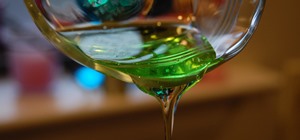
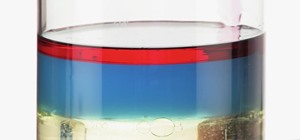
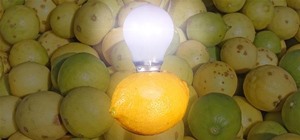
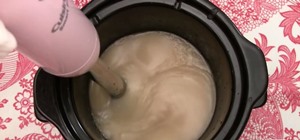
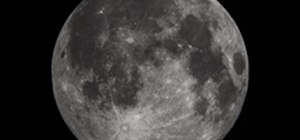
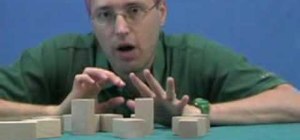

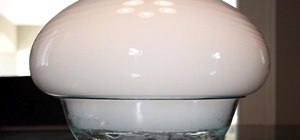
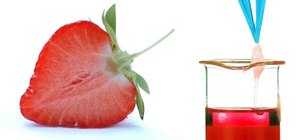

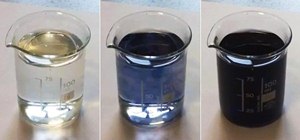
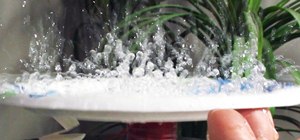
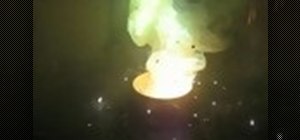
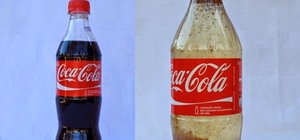
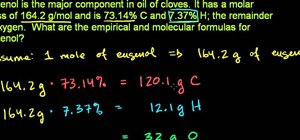
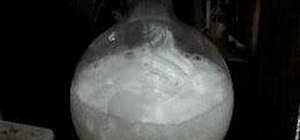



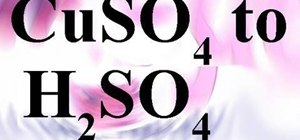
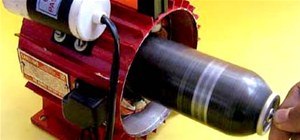
Be the First to Comment
Share Your Thoughts